Jun 03, 2025
Author:Amanda Lyu
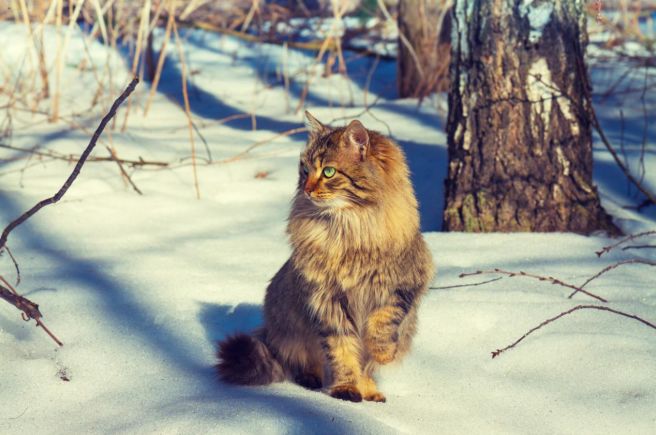
The Siberian cat is strong, , and affectionate. Guardians often ask the same question: what is the Siberian cat lifespan and how can I help my companion live a long, healthy life? This guide gives clear answers. It breaks down every factor that shapes how many years your cat may share with you. It also lists the best daily habits to add to your routine. By the end, you will know how to care for this sturdy forest breed from kittenhood through the golden years.
Most healthy Siberians live between 12 and 15 years. Some reach 18 years or more. High life expectancy often links to careful breeding, smart nutrition, regular exercise, routine checkups, and a stress-free home. Each choice you make at home adds or subtracts months from your cat’s clock. Keep the following sections in mind, and you can push the upper end of the Siberian cat lifespan.
Good genes set the right starting point. Work only with breeders who test parent cats for inherited disease. Ask for written proof that both parents are clear of hypertrophic cardiomyopathy (HCM) and polycystic kidney disease (PKD). Early screening leads to extra years of healthy life.
Your veterinarian can run an annual heart scan starting at age two. Regular checks help you catch subtle changes before they turn into crises that cut the Siberian cat lifespan short.
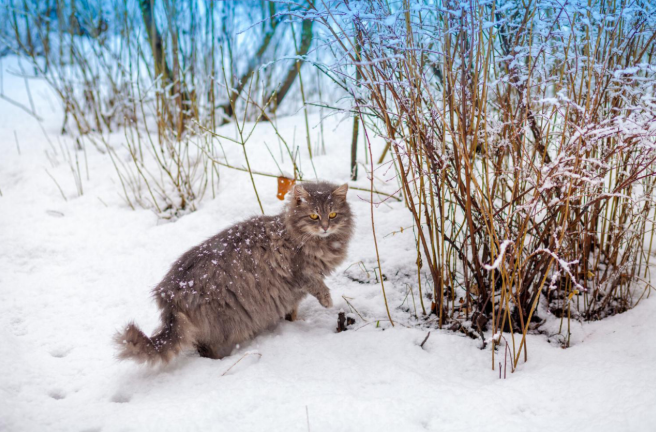
While Siberians rank as hardy, three issues call for close attention:
1. Heart health – HCM occurs in many cat breeds. Annual cardiac scans and daily weight control make a big impact.
2. Kidney function – Keep water intake high. Encourage drinking with a flowing fountain. Use water fountain care habits to keep bowls clean and inviting.
3. Obesity – Extra weight strains joints, heart, and lungs. Lean cats live longer. A healthy weight chart helps you stay on target.
Protein fuels muscle tone. Moderate fat supports energy. Carbohydrates should stay low. Read labels. Pick quality cat food with real meat as the first ingredient. Avoid artificial colors and extra fillers.
Overfeeding shortens the Siberian cat lifespan. Use a kitchen scale. Follow package guides, then fine-tune with your vet’s advice. If work keeps you away, automatic feeders keep schedules steady. They also stop begging at night.
Cats often ignore still water. Flowing streams attract them. A fountain boosts intake, keeps urine dilute, and protects kidneys. Follow proper mold prevention steps to keep the unit safe.
A strong body keeps organs young. Siberians love to climb. Install wall shelves, towers, and window perches. Use sturdy toys. Rotate them weekly to prevent boredom. Include daily play sessions of ten to fifteen minutes. Laser pointers, feather wands, and puzzle feeders keep the mind sharp and the waistline slim. When weight stays in check, the longevity curve shifts upward, giving one more reason to guard the Siberian cat lifespan with action.
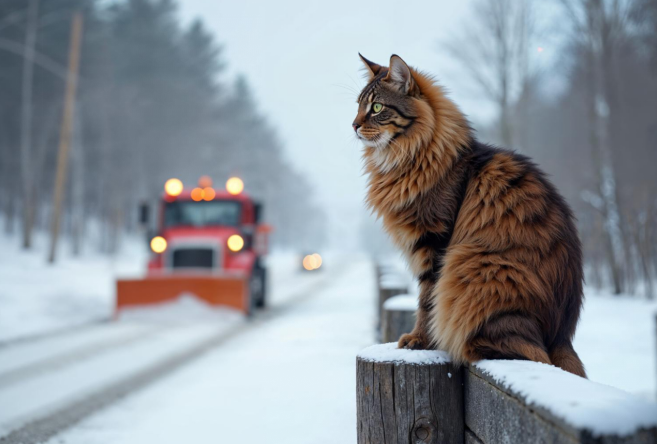
Dense triple coats need brushing three times a week. Remove loose fur to stop hairball buildup. Learn how to handle stray fur on clothing with this quick cat hair removal guide. Healthy skin protects against infection. Always check for parasites while you groom. If you spot fleas, follow best steps outlined in this flea control resource.
Early spay or neuter reduces roaming, stress-related fights, and certain cancers. Discuss timing with your vet, then read more about spaying or neutering to see how the surgery affects hormones and lifespan.
Stress steals years. Keep the environment calm. Offer hiding spots. Provide vertical space. Use pheromone diffusers if your cat struggles with change. During travel, use a secure carrier and follow car travel tips to cut anxiety.
Visit the vet twice a year after age seven. Semi-annual exams catch issues early. Add regular wellness habits such as daily tooth brushing, weekly ear checks, and monthly weight logs. Each step adds a small boost to the Siberian cat lifespan.
Older cats may slow down. Add ramps to favorite heights. Use soft bedding. Gentle play keeps flexibility.
Thirst can fade with age. Use multiple fountains. See older cats for smart hydration tweaks.
Schedule bloodwork twice a year. Follow kidney tips to lessen strain on vital organs.
Poor oral care leads to gum infection and early organ failure. Brush daily with cat toothpaste. Offer dental treats. Ask your vet for annual cleanings. Fresh breath often signals strong health and helps extend the Siberian cat lifespan.
Changes in stool or urine warn you first. If accidents appear, check for urinary infection. Review problem-solving steps in this helpful note on pooping outside the box. Fast action keeps small issues from turning serious.
Some cats dip paws in bowls, spill water, or ignore dishes. Flowing systems reduce mess. Read why portion control and drinking habits work best with modern tech. Choose fountain materials with this selection guide.
When you leave town, arrange a sitter or board at a vet clinic. If you must rely on tech, confirm that the feeder works and water flows. Long trips bring risk. Review safe methods for feeding while away before packing bags. Good planning prevents hunger, dehydration, and stress that can undercut the Siberian cat lifespan.
Tech can help busy households. Timed feeders, camera feeders, and fountains add safety nets. Read how automatic feeders support nutrition when you travel. Combine them with a reliable pet camera feeder to check your cat from afar.
Siberians play hard. Pick durable items without loose strings. Rotate puzzle toys to avoid boredom and overeating. You can find lists of top choices and high-value toys in many guides. Smart play adds both physical and mental exercise, key pillars that stand beneath a sturdy Siberian cat lifespan.
Watch for gradual changes:
● Slower jumps
● More naps
● Weight shifts
● Change in coat shine
Report these to your vet right away. Quick response often reverses mild problems before they escalate.
Outline the core and optional vaccines your veterinarian may recommend for Siberians, such as rabies and feline distemper. Explain why on-time boosters protect the immune system, reduce costly illnesses, and ultimately extend the Siberian cat lifespan. Include monthly parasite control (fleas, ticks, intestinal worms) and stress the value of year-round prevention.
Describe the lifespan trade-offs between keeping a Siberian strictly indoors versus supervised outdoor time (e.g., a secure catio or leash walks). Note that indoor cats face fewer accidents, predator threats, and infections. Offer tips for enriching the indoor environment—climbing shelves, window perches, and puzzle feeders—to satisfy the breed’s natural curiosity without cutting years off life.
Emphasize the importance of having a pet first-aid kit, knowing the nearest 24-hour veterinary clinic, and learning basic CPR for cats. Briefly list common household toxins (lilies, antifreeze, human painkillers) and symptoms that need immediate care. Quick action during emergencies can save a life and preserve the Siberian cat lifespan.
Explain how daily problem-solving games, clicker training, and food puzzles keep the brain sharp, lower stress hormones, and delay cognitive decline. Provide examples of simple commands—sit, high five, or target touch—that many Siberians master. Mental workouts complement physical exercise to promote longevity.
Suggest setting up a health journal to track weight, appetite, water intake, litter-box output, mobility, and behavior changes. Show how early patterns signal thyroid issues, diabetes, or arthritis. Pair this with regular senior blood panels to detect hidden problems when treatment success rates are highest.
Introduce quality-of-life scoring tools (mobility, hunger, hydration, comfort, and joy) that help guardians make informed decisions in the final months. Discuss palliative options—pain management, fluid therapy, and supportive nutrition—that keep cats comfortable. Handling the last life stage with compassion honors a long Siberian cat lifespan and gives guardians peace of mind.
The Siberian cat lifespan depends on daily choices. Start with solid genetics, then layer smart nutrition, preventive veterinary care, exercise, and a calm home. Each habit stacks more healthy days onto the calendar. With careful attention, your Siberian can grace your home for well over fifteen years and perhaps even reach the upper-teens milestone. Commit to the best care practices, and enjoy a long, rewarding bond with this remarkable forest companion.
Label:
Popular Post

What to Feed a Sick Dog With No Appetite? [2025 Guide]
May 16, 2023

Troubleshooting Common Issues with Automatic Pet Feeders: Tips & Tricks for Pet Owners
Oct 26, 2023
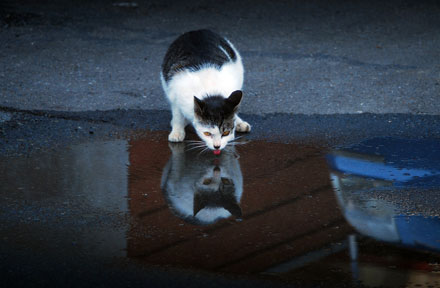
Why Does My Cat Cough After Drinking Water? 8 Potential Reasons
Mar 13, 2023
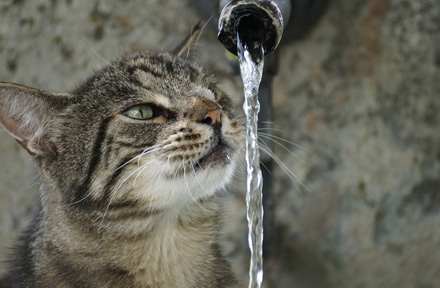
Why is My Cat Throwing up Water? Top 5 Causes Here
Feb 08, 2023
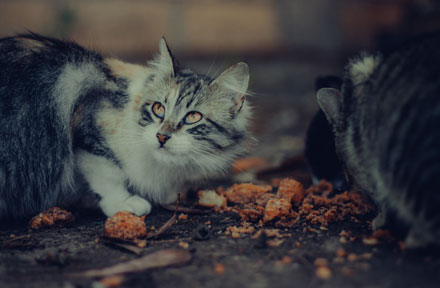
My Cat Only Eats A Little at A Time - What to Do?
Feb 27, 2023
$99.99
$129.99
Copyright © 2025 WOPET. All Rights Reserved.